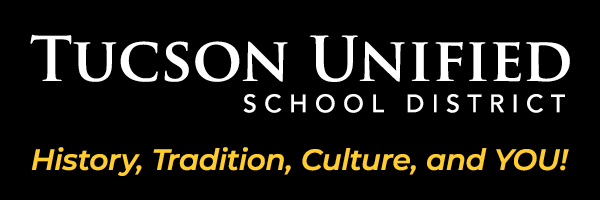7th Grade Math Course
What are the key connections between rational numbers, algebraic thinking, geometric concepts, and statistical reasoning, and how do these connections empower us to solve complex problems?
In Module 1, we make connections between multiplicative relationships and ratio reasoning to build a solid understanding of proportional relationships. We explore how these relationships show up in tables, graphs, equations, and even written descriptions, learning how to identify them and compare them. We also discover how constant rates act as clues to proportional relationships and connect the constant of proportionality to the idea of scale factor. This helps us determine if figures are true enlargements or reductions of the originals – building a bridge between ratios and geometry!
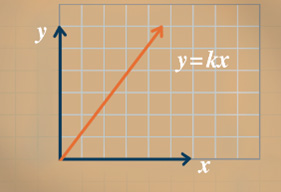
In Module 2, we build on what we already know about rational numbers, connecting patterns and properties of operations to make sense of how to add, subtract, multiply, and divide rational and negative numbers. We also use these same properties, along with decomposition and order of operations, to evaluate numerical expressions that include rational numbers—showing how all these pieces fit together to build a strong foundation in number operations.
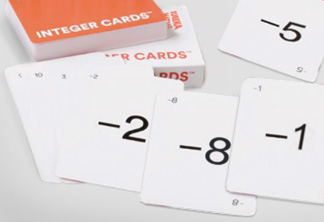
In Module 3, we build bridges between numerical and algebraic expressions, learning how to determine when they are equivalent. We connect the properties of operations, especially the distributive property, with tabular models to multiply and factor expressions involving rational and negative numbers. We then connect these skills to solving equations, exploring unknown angle measurements and introducing a new strategy: if-then moves. These, along with understanding the structure of equations, help us solve equations in various forms, laying the groundwork for proportional reasoning in Module 5. Finally, we extend these if-then moves to build connections with solving inequalities.
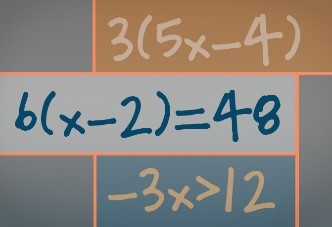
In Module 4, we make connections across various geometry concepts. We start by building geometric figures—both by sketching and using tools and technology—and explore the conditions needed to create unique triangles. We then connect the circumference and diameter of a circle through the concept of pi, using this relationship to build towards a formula for the area of a circle. From there, we connect area calculations to composite figures and three-dimensional solids, developing efficient strategies for finding surface area. Finally, we explore cross-sections to build our understanding of how to decompose and compose 3D solids, which helps us connect to and more efficiently calculate volume.

In Module 5, we build on connections from previous modules to explore the power of percents. We discover how the equation
ab=cdab=cd represents proportional relationships and use proportions and rate language to understand percent as a rate per 100. We learn to identify the part, whole, and percent in problems and use proportional reasoning to solve real-world percent problems, recognizing that the unknown can be part of 100, more than 100%, or less than 100%. We connect our understanding of proportions directly to the world of percentages.
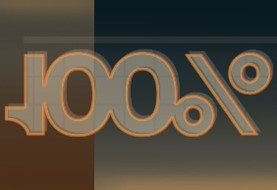
In Module 6, we connect our understanding of proportional relationships to the world of probability. We learn how to calculate and interpret both empirical and theoretical probabilities and discover how the number of trials affects the relationship between them. We then connect these probability concepts to the importance of random sampling and how it allows us to estimate population proportions using categorical data. Finally, we build on our understanding of variability to compare populations with similar characteristics, connecting statistical thinking to our analysis of probability.

We are here to equip, inspire and enrich the strengths of all learners with relevant educational experiences for lifelong learning.
Every day we strive to provide a world-class education that is equitable, empowering and inspiring for all.
Learn more about our programs & resources.
C&I Department
520-225-6282
1010 E. Tenth St., Tucson, AZ 85719 Map (google.com)
